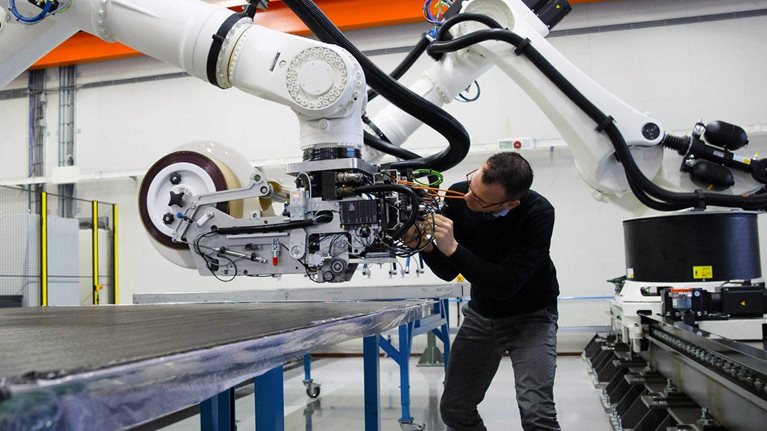The traditional 9-to-5 job has taken a beating in recent years as more people have worked from home and as independent work has increased. With the growth of digital platforms, which enable people to offer services and find new work opportunities, non-traditional work arrangements will become ever more common, even as automation reshapes the traditional workplace.
Is the 9-to-5 job dead? In this video, one in a four-part series, experts from academia and industry join McKinsey partners to discuss changing work patterns and what they may mean. The interviews were filmed in April at the Digital Future of Work Summit in New York, which was hosted by the McKinsey Global Institute (MGI) and New York University’s Stern School of Business.
Interviewees include Carl Camden, former CEO of Kelly Services; Stephane Kasriel, CEO of Upwork; NYU provost Katherine Fleming; Diana Farrell, president and CEO of the JP Morgan Chase Institute; and MGI partners Susan Lund and Michael Chui.
Other videos in this series include:
- What will automation change?
- Skills that will count in the future
- What are the policy implications of automation?
Interview transcript
Carl Camden: We will look back and think that the 9-to-5 job that was the majority work style in this country was a nice experiment. It lasted for about 70 years, and it’s coming to an end.
Susan Lund: The number of jobs where you need to be present at an office 9-to-5, five days a week, is going to continue to decline, and more variable forms of work are going to come up. Now, some of those people are not even going to work for the company. They’re going to be independent contractors, people who decide to freelance and put together a series of different gigs or jobs and earn income in that way. But that’s only one step more extreme than what we’re already seeing evolve in the US workplace within traditional companies.
Michael Chui: There are a lot of people who have remarked that this idea of fulltime employment, being paid by a single employer to come to work eight or seven and a half or however many hours per day, is an industrial-age notion. Will that change? One of the things that technology enables is more variation.
Stephane Kasriel: It’s just very exciting to see these changes picking up. We see the next generation of tools, things like augmented reality and virtual conferencing whiteboards. There are all sorts of things that are being designed right now to facilitate this transition from a world where everybody needs to be in the same office and everybody’s constrained by a traditional 9-to-5 job, to a world where people can live closer to their communities. They can live in a place where the cost of living and the public school system, or whatever other considerations, allow them to live where they want to be.
But the 9-to-5 job may not disappear overnight
Katherine Fleming: The 9-to-5 corporate job may well go the way of the dinosaur, but I don’t think it’s going to do so as quickly as many people are predicting. For one thing, we’re social animals. And people like to get out of the house and go somewhere and be with other people. For another, all of the structures that we have in place are structures that support the 9-to-5 work life.
Diana Farrell: It’s an overstatement to say that it will go away completely. Changes of the scale that move an entire labor market the size of the US, let alone the global economy, will have many different aspects to them over time. There will be holdovers of things that existed for a long time. So there is an important role for large corporations that would seem more traditional. But they themselves are evolving dramatically. So I think we will see a lot of change, but we will probably see more permanence than most people realize.
For more details of the conference proceedings and videos of the full panels, please visit the Digital Future of Work Summit site.


